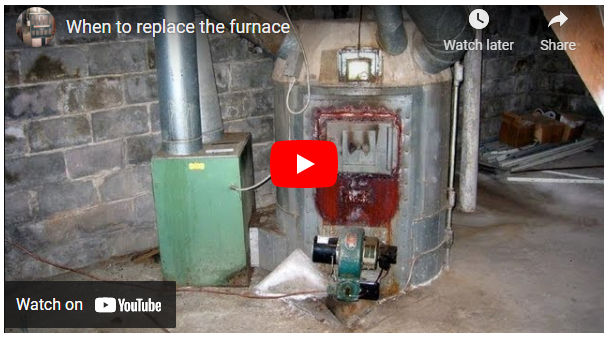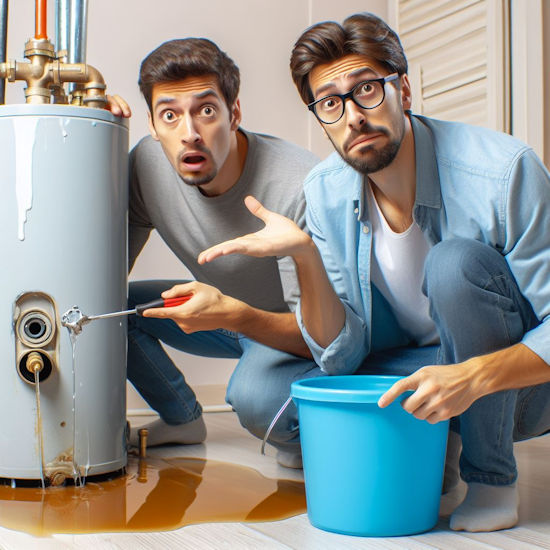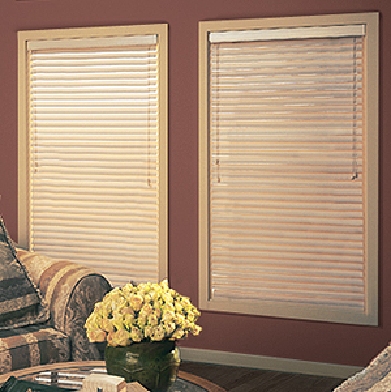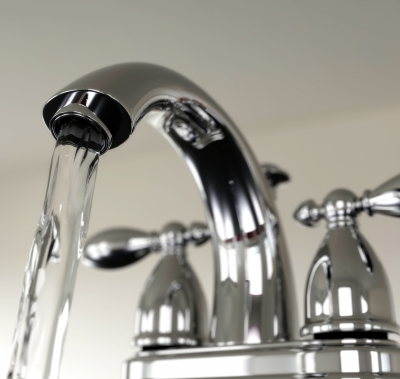When your furnace/air conditioner/heat pump breaks down or gets old, you may need to buy a new one in order to keep your home comfortable. One way to ensure that your HVAC unit lasts as long as possible is through regular maintenance. However, if replacement is necessary, spring is often the best time to purchase a new furnace or have maintenance done.
Greater Value and Better Prices
During spring, the HVAC industry is less busy, heating/cooling loads are lower so old units can still cope. So, this is the best time to shop around from various manufactures and bargain to your best price. Many dealers will have exciting deals, and they want to make sales before the summer rush.
Therefore, you can take advantage of the low season and get your system installed at a lower cost. AC contractors do not have much work during this time, and they can attend to your needs immediately and at a fair price.
Better Weather and Less Usage
Buying a new unit can save you money on energy costs. Newer units tend to be more energy-efficient due not only to improved technology but also simply because as a unit gets older it becomes less efficient than it once was. Typically energy usage is less in the Spring and Fall anyway because outside temperatures are favorable, so your budget may have a bit more flexibility to help pay for the new unit. HVAC companies often have reasonable (i.e interest-free) payment plans since they know most people haven’t budgeted for such a large expense.
According to Bob Villa’s – Is It Time to Replace Your Furnace?
Signs Replacement May Be Needed
Age aside, there are some obvious (and some more subtle) indications that it may be time for furnace replacement:
- If your furnace needs frequent repairs.
- If your energy bills are going up despite usage staying the same.
- If the rooms in your house are heating unevenly, with some rooms hotter or colder than others.
- If your furnace is cycling on and off more frequently than in the past.
- If your home is starting to have humidity problems.
- If your furnace becomes excessively noisy or develops rattles, buzzes, or hums.
- If your furnace starts putting out excessive dust, soot, dirt or rust particles.
- If you see visible signs of rust in and around your furnace, or if any of the components show cracks or corrosion.
Greater Efficiency
Furnaces have a rating system called AFUE (annual fuel utilization efficiency) which is a measure of how efficiently your furnace can utilize its fuel. The more efficient your furnace, the more heat you will get per unit of fuel. A furnace’s AFUE rating is listed as a percentage of how much fuel it can convert into usable heat, with a scale ranging from around 30 to a theoretical 100 (anything less than 30 would be basically useless and anything above 90 is almost impossible, or too expensive, to obtain). As an example, a furnace with an AFUE rating of 85 would mean that 85% of its fuel is translated into usable energy that can then be used to heat your home. The remaining 15% is lost through the exhaust.
Heat pumps use a system called SEER to measure efficiency. When buying a new unit, you need to take efficiency into consideration. A more efficient unit may cost a couple of thousand dollars more than a less efficient model, so depending on how long you plan to live in a home and your weather conditions it may or may not pay to get the more efficient model.
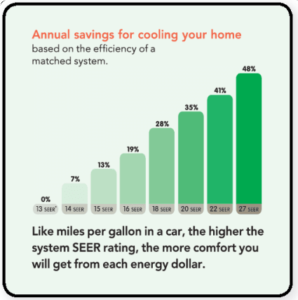
So you need to do the comparison. According to HVAC manufacturer Trane, “SEER stands for Seasonal Energy Efficiency Ratio. This is the ratio of the cooling output of an air conditioner over a typical cooling season, divided by the energy it uses in Watt-Hours. It may also be called a Seasonal Energy Efficiency Rating…
The U.S. Department of Energy enforces minimum SEER requirements that differ by geographical region. The minimum in the Southwest and Southeast is 14 and it’s goes down to 13 in the North. A 13 or 14 SEER rating doesn’t necessarily mean a unit is inefficient. Most older A/C systems are rated at around 8 or 9, so even the lowest available SEER rated system you buy today will be much more energy-efficient… New Trane air conditioners range from 14.5 SEER up to 22 SEER.
Air conditioners with lower SEER ratings are usually single-stage and only run on one speed. This means they’ll frequently turn on and off during mild weather and you’ll experience uneven cooling or hot and cold spots. You’ll also experience higher humidity levels which makes it feel hotter than it is. Your A/C needs to run for a long period of time to remove humidity from your home’s air. The ups and downs of a single-stage system don’t accommodate for this.”
More Attention from Technicians
When a contractor installs your unit, they will have more time to explain how the unit works and the suitable maintenance tips you should consider. In most cases, contractors do not have emergency cases, and this is why they will take time to explain to you the nitty-gritty about your system. You can ask as many questions as possible about furnace replacement, repairs, and maintenance. Your contractor will be willing to answer the questions compressively.
Creating time to learn about your unit is the best way to know what you need to do if you identify any issue with your system. This saves you money on costly repairs in the long run.
If you want a swift process when looking to purchase a new furnace, it’d be best to work with a contractor who understands the nitty-gritty and can advise you on the best type of furnace to buy.
You might also like:

